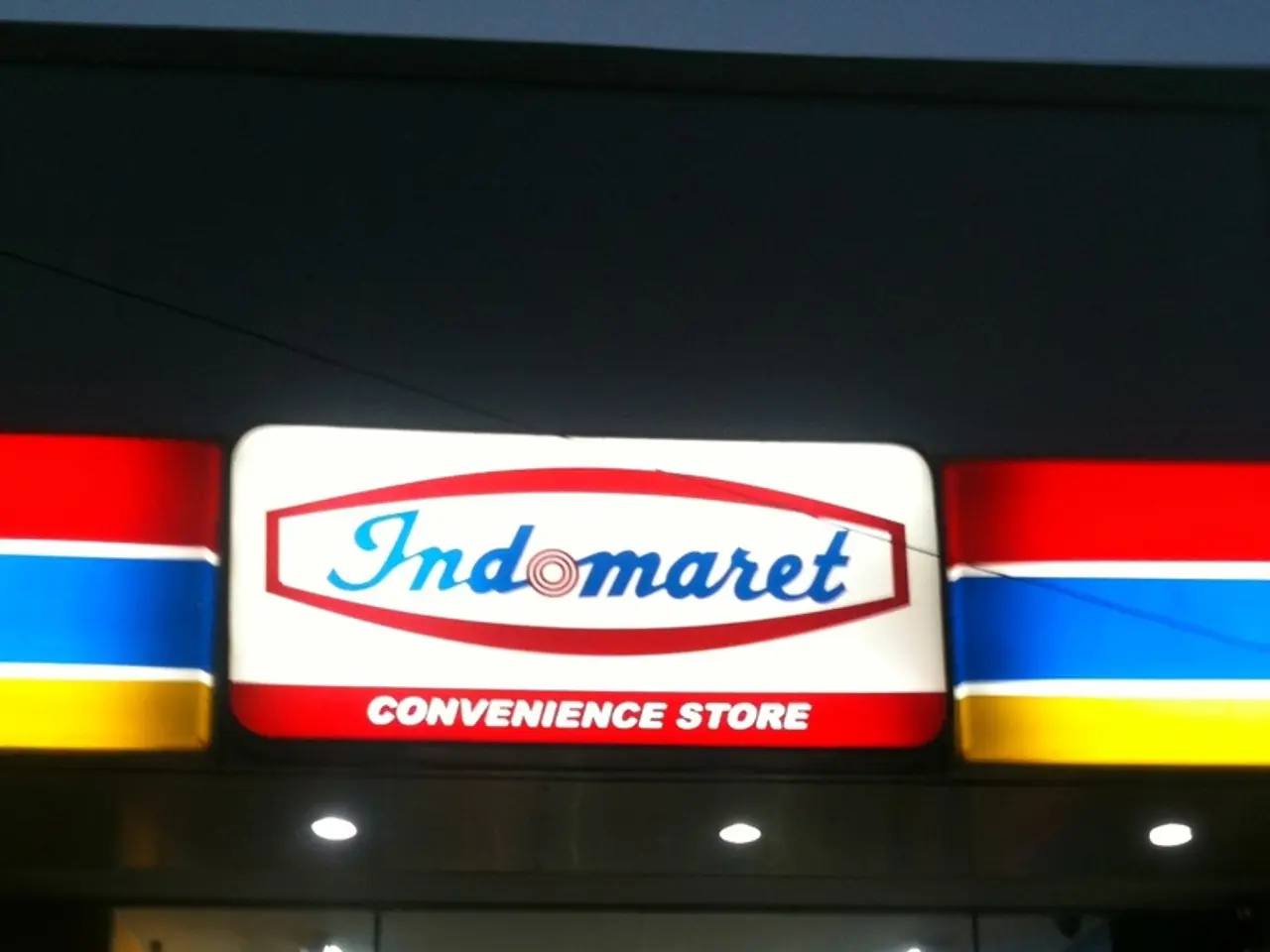Key Elements in Achieving Success in OEM Digital Automotive Retailing
In the rapidly evolving automotive industry, the traditional sales model is being challenged by consumer expectations and technological advancements. A future-proof digital retailing (DR) platform is essential for OEMs to navigate these changes and thrive.
The ideal DR platform should be designed as an integrated, scalable, and flexible ecosystem that supports evolving sales models, expanding global footprints, and the operational complexity of electrification, while delivering a consistent, simple, and seamless customer experience across all channels.
Key design principles include:
- Integrated AI-Driven Ecosystem: Shift from siloed systems to an AI-ready platform with a solid data foundation, enabling personalized, conversational digital buying experiences across online and in-person channels.
- Open API and Real-Time Data Streaming: Use an open API architecture and real-time event-driven data streaming (e.g., Apache Kafka) to enable secure, bi-directional data exchange between OEMs, dealers, suppliers, and service providers.
- Support Multiple Ownership and Propulsion Models: Architect the platform to flexibly manage diverse sales models from traditional ownership to subscription/truck-as-a-service, and support various propulsion systems (electric, hybrid).
- Native Integration with Brand and Dealer Systems: Ensure seamless OEM-dealer integration with platforms like Microsoft Dynamics 365-based solutions that natively connect to automotive brand ecosystems.
- Consistent Customer Experience Across Channels: Provide unified access to vehicle availability, pricing, customer history, and warranty status through photo-rich, real-time feeds and streamlined workflows accessible on desktop and mobile devices.
- Scalable and Global Ready: Plan for operational expansion by incorporating localization, compliance, and multi-currency support, while streamlining development and reducing R&D costs through standardization and collaborative platform ecosystems.
The future-ready DR platform is designed to enable fluid movement between online and in-person interactions, carrying through preferences and pricing across all touchpoints. It informs timing, communication channels, and follow-up, helping OEMs and dealers engage customers more effectively.
To deliver consistent, scalable, and brand-aligned experiences, OEMs must rethink how digital retailing is architected, focusing on aligning systems, processes, and touchpoints to support the complete buying lifecycle. A modern DR platform must be modular, able to support regional regulations, tax rules, languages, and fulfillment models without custom builds, ensuring compliance and responsiveness.
Personalization is expected in digital retailing, with AI-driven pricing engines and dynamic workflows surfacing the right offers at the right time, building trust and improving conversion. The result of a well-designed DR platform is a simplified, consistent, and seamless customer journey that meets the needs of today's market reality.
Many OEMs have invested in digital retailing tools, but these systems were built for yesterday's buyer. The future-proof DR system integrates easily with DMS, CRM, ERP, and other systems via open APIs, ensuring faster updates, cleaner data, and alignment across retail networks. Inconsistency and disconnection between digital and physical environments in the automotive industry is costing brands more than just convenience, it's costing loyalty.
To thrive, digital retailing must become a core capability, reflecting how people actually want to buy cars. The automotive retail model is facing a significant change due to consumer expectations for online options, transparency, personalization, and seamless transitions. The success of digital retailing in the automotive industry hinges on how well everything works together, connecting people, systems, and processes across every touchpoint.
References:
- Capgemini, "The Automotive Digital Transformation Index 2020". Link
- McKinsey & Company, "The future of automotive retail". Link
- Gartner, "Top Strategic Technology Trends for Automotive and Vehicle Manufacturers". Link
- Microsoft, "Microsoft Dynamics 365 for Automotive". Link
- Oracle, "Oracle's Automotive Solution for the Digital Age". Link
- To adapt to the changing landscape of the automotive industry, OEMs should invest in a future-proof digital retailing (DR) platform that is aligned with industry trends in finance, technology, and the aerospace business.
- The DR platform, designed as an integrated, scalable, and flexible ecosystem, should support multiple ownership and propulsion models, including electrification, and provide a seamless customer experience across all channels.
- Collaborating with various parties such as dealers, suppliers, and service providers requires an open API architecture and real-time data streaming, ensuring a streamlined business operation within the dealer network.








